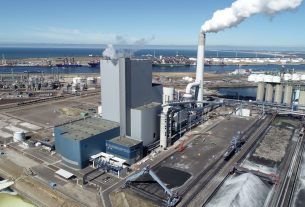Canada – Hydrogen has exploded into mainstream discussions about addressing the climate crisis in just a few years.
The fossil fuel industry is pushing for government support for a very specific form of hydrogen known as fossil hydrogen (or ‘blue hydrogen,’) which is now one of the most hotly debated energy topics.
They claim that because it uses carbon capture technology to trap and store emissions, it is environmentally friendly and can aid efforts to decarbonize the energy system. Shell owns “Quest,” one of the very few plants of this type in Alberta, Canada. Shell has praised the project as an example of how it is combating global warming, claiming that it demonstrates that carbon capture systems are “safe and effective,” and that it is a “thriving example” of how this technology can significantly reduce carbon emissions.
Emitting more than capturing
However, according to new research from Global Witness, Quest is actually emitting more than it is capturing. Despite capturing 5 million tonnes of carbon over a five-year period, it emitted an additional 7.5 million tonnes of climate-damaging gases during that time. Shell’s plant emits the same amount of CO2 as 1.2 million gasoline cars each year.
Only 48% of the plant’s carbon emissions are captured, far short of the 90% carbon capture rate promised by industry for fossil hydrogen projects. When other greenhouse gas emissions from Shell’s project are factored in, the rate drops to just 39%.
Blow to fossil hydrogen
With $654 million of the $1 billion cost of Quest coming from Canadian government subsidies, this research strikes a serious blow to proponents of fossil hydrogen who are pushing for more public funds to support its use. Despite this massive investment, Shell’s project has failed to achieve even a fraction of the reduction in emissions required to combat global warming.




